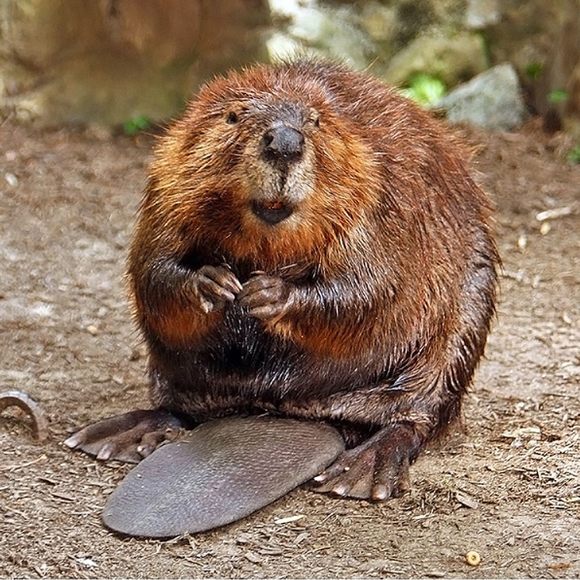Ingredients & Condiments
Castoreum
Early 20th-century chefs used beaver musk to give sweets a vanilla-raspberry flavor.
Beavers mark their territory with a substance that smells like musky vanilla. This secretion is called castoreum, which sounds like castor oil, but isn’t. Castoreum comes from the sacs between the animal’s pelvis and tail. In fact, these sacs lie so close to the animal’s nether-regions that their contents often contain anal gland secretions and urine. But beavers eat mostly tree bark, which smells pretty good. As such, their musk doesn’t mimic the rank qualities of others. And to humans, it smells lovely.
According to one perfume website, castoreum evokes everything from birch tar to Russian leather to “more pleasant, musky and fruity nuances,” depending on how it’s prepared. At the beginning of the 20th century, chefs used the substance—once considered medicinal in nature—to impart a fruity, floral aroma. The flavor profile, akin to vanilla, strawberry, or raspberry, worked particularly well in ice cream, fruit-flavored drinks, yogurt, and gelatin.
Even though castoreum is rarely used as a food additive anymore, there’s a persistent rumor that Blue Moon ice cream, a Midwestern flavor with a mysterious ingredient list (and one of the three flavors that make up Superman ice cream), may be flavored with castoreum. But this has never been confirmed.
How can there be ambiguity regarding whether or not certain foods actually contain beaver musk? In the United States, castoreum is considered a “natural flavoring,” and ingredient labels aren’t required to get into the details of what specific “natural flavors” they choose to use. But even though the Food and Drug Administration considers the ingredient safe, the food industry has little to gain by using castoreum. Relative to the wealth of flavoring options that exist, beaver musk is extremely expensive and inconvenient to acquire.
For the most part, the musk has gone the way of another rare, expensive flavoring derived from a wild animal. Like ambergris, it’s relegated to the world of perfumery (Chanel’s Cuir de Russie still contains authentic castoreum). Bottom line? Don’t worry about traces of beaver bottom in your berries ’n’ cream yogurt.
Written By
 rachelrummel
rachelrummel
Sources
- www.snopes.com/fact-check/castoreum/
- mentalfloss.com/article/501813/brief-history-castoreum-beaver-butt-secretion-used-flavoring
- punchdrink.com/articles/tales-from-the-fringe-beaver-gland-vodka/
- www.businessinsider.com/castoreum-used-in-food-and-perfume-2013-10
- www.huffingtonpost.com/entry/beaver-butt-might-be-in-your-ice-cream-heres-what-you-should-know_us_56f1a037e4b09bf44a9ed259














